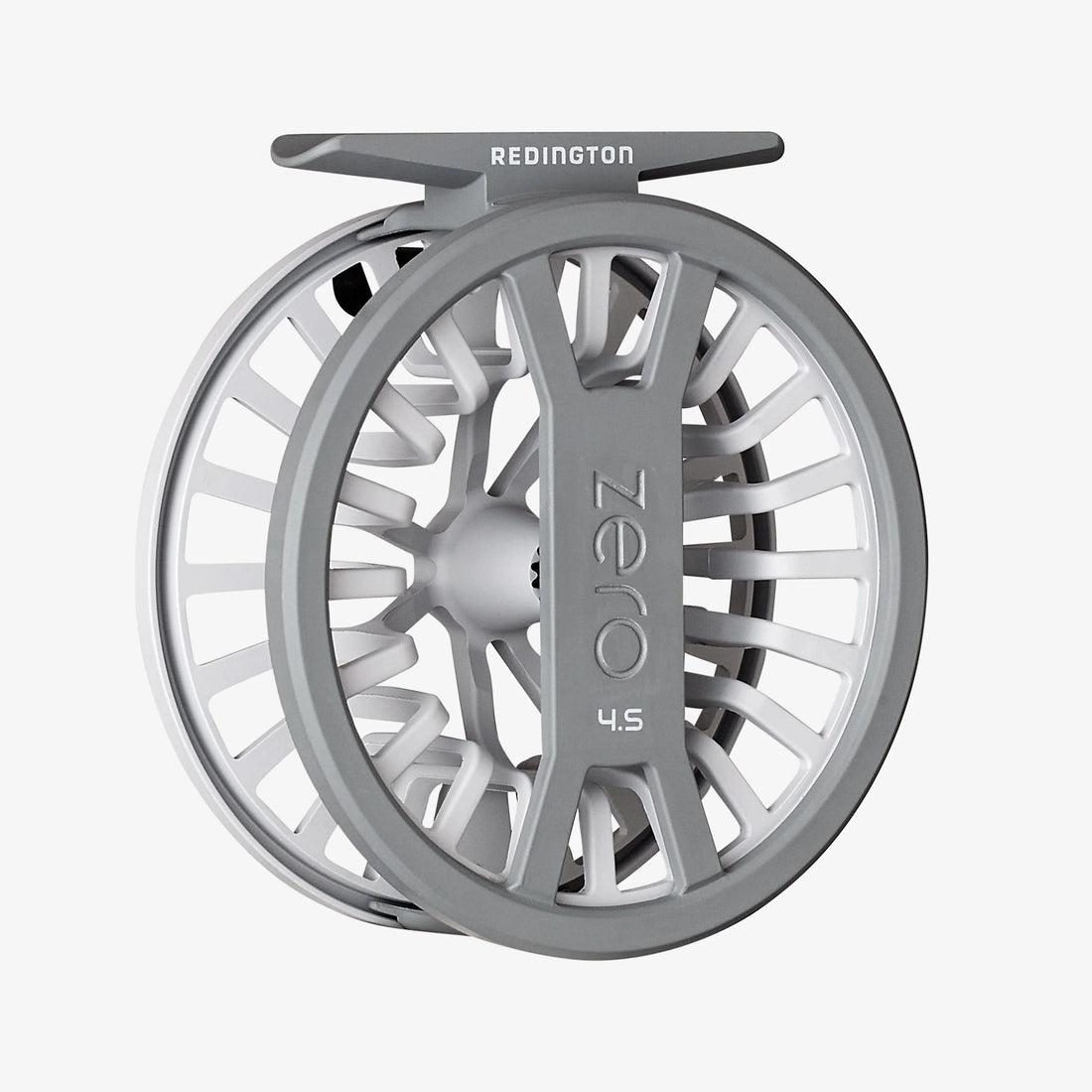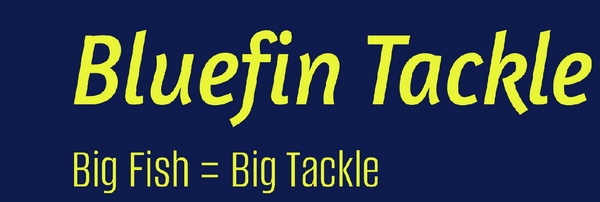
Redington Zero Fly Reel: An In-Depth Review
Share
Redington Zero Fly Reel
In the realm of fly fishing, anglers constantly seek the perfect balance between performance, weight, durability, and cost. While premium machined reels dominate the high-end market, there is a significant demand for affordable reels that still offer quality design, consistent drag, and dependable performance. Enter the Redington Zero Fly Reel—a revolutionary reel in its class that continues to earn the admiration of fly fishers looking for lightweight simplicity and excellent value.
With its unique die-cast construction, minimalistic design, and ultra-light weight, the Redington Zero is tailor-made for small stream enthusiasts, ultralight rod users, and anglers who want reliable performance without the bells, whistles, or high price tags of more complex reels.
This detailed deep dive explores every aspect of the Redington Zero Fly Reel—from build quality and design to drag system, on-water performance, target species, and overall value.

Overview: What Is the Redington Zero?
The Redington Zero Fly Reel was first introduced to fill a gap in the market: a super-lightweight reel for small-water and light-line anglers. Most reels at this price point are heavier, offer inconsistent drag, or feel plasticky and fragile. The Zero breaks that mold by delivering a precision die-cast body with a strong click-drag system, low weight, and exceptional ergonomics—all at an MSRP under $120.
Designed primarily for trout, panfish, and small stream species, the Zero is a no-frills performer that thrives in the hands of minimalist anglers who value simplicity and ultralight setups.
Construction and Materials
The defining feature of the Redington Zero is its die-cast aluminum body. Unlike CNC-machined reels (which are cut from solid bar stock), die-casting involves pouring molten metal into a mold. While this process typically creates heavier or less durable reels, Redington’s advanced molding technology bucks the trend.
Key advantages of this die-cast construction include:
* Cost Efficiency: The process is more affordable than machining, allowing Redington to keep the price under $120.
* Weight Reduction: Thanks to aggressive porting and minimal wall thickness, the Zero is exceptionally lightweight, even lighter than many high-end reels.
* Consistent Form: The mold ensures a consistent, uniform frame with sleek aesthetics.
Despite being die-cast, the Zero feels surprisingly durable. It’s not as tough as a machined reel—especially under high-impact scenarios—but it holds up well under normal fly fishing conditions.
Design and Aesthetics
Visually, the Redington Zero has a modern, skeletal design with wide porting across both frame and spool. This keeps the weight down and gives the reel a minimalist appeal that matches well with ultralight or fiberglass rods.
The Zero is available in multiple colors, including:
* Black
* Sand (Matte Gray)
* Teal (limited edition)
* Creek (Green-Tinted)
Each finish is anodized or powder-coated to resist corrosion and scratching. While not designed for heavy saltwater use, the coatings do provide adequate protection against freshwater wear.
Weight and Balance
This is where the Redington Zero truly shines. It’s one of the lightest fly reels on the market, particularly in its price and size class. The 2/3 size weighs in at just 3.0 ounces, and the 4/5 size at 3.3 ounces. That’s lighter than many high-end reels made from carbon fiber or titanium.
Such low weight makes the Zero ideal for:
* Pairing with fiberglass or small graphite rods (especially under 8 ft.)
* Ultralight 2–5 weight fly rods
* Reducing fatigue during long backcountry hikes
* Improving balance on shorter or tip-heavy rods
Even anglers used to top-tier gear often remark on how surprisingly “premium” the Zero feels, especially given how light it is in hand.
Drag System: Click-Pawl Simplicity
Unlike modern disc-drag systems with sealed carbon washers and intricate gearing, the Zero uses a click-pawl drag system. This simple mechanism offers a lightweight and reliable method for line resistance.
What Is a Click-Pawl Drag?
A click-pawl system uses a spring-loaded metal tooth that clicks against a gear on the spool. It provides light tension to prevent overruns but does not offer the stopping power of a sealed drag.
How Does It Perform?
* Light, consistent resistance is perfect for small trout, bluegill, and brookies.
* Audible clicks offer tactile and audio feedback when line is taken.
* Minimal startup inertia makes it ideal for delicate presentations and soft strikes.
* Not suited for big fish—don’t expect to fight steelhead or bonefish with this drag.
This system is reliable, easy to maintain, and unlikely to fail in the field. That said, you’ll need to palm the reel if a larger fish makes a sudden run.
Ergonomics and Usability
Redington clearly thought about real-world use when designing the Zero. The large arbor design provides several performance benefits:
* Faster line pickup—especially useful when retrieving slack quickly
* Less memory—fly line stays looser and smoother over time
* Ample backing capacity—more than enough for its intended targets
The spool is easily removable, and the retrieve direction is reversible—just flip the gear inside the reel. This makes it user-friendly for both left- and right-handed anglers.
The handle is comfortable, made of a textured rubberized material that provides grip even when wet. The clicks are tactile and satisfying without being overly loud.
Performance on the Water
Here’s where the Zero proves it’s more than just a budget reel. In small water environments, it performs like a reel twice its price. Whether you’re roll casting to wild brook trout or tossing dry flies on alpine streams, the reel keeps things simple and effective.
In Small Streams
* Perfect for tight-line nymphing, dry fly fishing, or tenkara-style presentations.
* The light drag keeps line from overrunning, and the clicker helps manage line during retrieves.
On Stillwaters and Ponds
* Effective for targeting bluegill, sunfish, and crappie.
* Line control remains smooth and tangle-free with little resistance.
In Backcountry Settings
* The weight savings are a major benefit.
* Minimal moving parts mean there’s less to break or go wrong.
* Ideal for long hikes and high-mountain lake fishing.
Limitations
* Not ideal for large rivers, windy conditions, or heavy indicator rigs.
* Fighting fish over ~18 inches requires skillful palming and line management.
Maintenance and Durability
Because the Zero lacks a sealed drag and is made from cast metal, it does require some basic care:
* Rinse after use, especially if exposed to dirt, sand, or salt.
* Lubricate the pawl system periodically with a small drop of reel oil.
* Avoid dropping it on hard surfaces—cast aluminum is not as resilient as machined.
That said, with reasonable care, the Redington Zero will last for many seasons.
Target Species and Line Pairings
The Redington Zero is best suited for species that don’t require heavy drag:
* Trout (brook, rainbow, brown)
* Panfish (bluegill, crappie, sunfish)
* Small bass
* Grayling
* Cutthroat in high-elevation lakes
Best Rod Pairings
* 2–5 weight fly rods (glass or graphite)
* Shorter rods under 8 feet
* Pack rods and tenkara setups
The 2/3 size is ideal for 2–3 wt. lines, while the 4/5 size works well for 4–5 wt. lines with room for backing.
Price and Value
Perhaps the most compelling feature of the Redington Zero is its price. Retailing between $99 and $120, it offers immense value:
* Lighter than most reels in its class
* Smooth, reliable drag system
* Sleek design and high usability
* Backed by Redington’s lifetime warranty
For anglers on a budget, or for those looking to build a second ultralight rod setup, it’s hard to beat the performance-to-cost ratio.
Pros and Cons
✅ Pros
* Incredibly lightweight—great for ultralight setups
* Affordable and great value
* Smooth click-pawl drag
* Easy to use and maintain
* Perfect for trout and panfish
* Large arbor reduces line memory
* Durable die-cast frame with modern aesthetics
❌ Cons
* Not designed for big fish or hard runs
* Drag not adjustable, limited to light resistance
* Die-cast body can crack if dropped on rocks
* No sealed drag (not ideal for saltwater or sandy environments)
Who Is the Redington Zero For?
The Zero is perfect for:
* Beginner anglers who want a quality reel without overspending
* Ultralight enthusiasts using 2–5 weight rods
* Backcountry and small stream anglers
* Fly fishing purists who enjoy click-and-pawl systems
* Those assembling a second or travel setup
It’s not ideal for anglers targeting large, fast-running fish or anyone who wants a reel with high drag power and complex features.
Final Verdict
The Redington Zero Fly Reel is a shining example of simplicity done right. It offers an unmatched combination of ultralight weight, clean design, reliable click-drag performance, and incredible value. Though it lacks the power and polish of high-end disc-drag reels, it excels where it’s meant to: small waters, light tackle, and delicate presentations.
For under $120, it’s hard to find a better fly reel for creek fishing, blue-lining, or chasing wild trout in remote places. Whether you're just starting your fly fishing journey or adding to your collection, the Redington Zero deserves a place in your kit.
